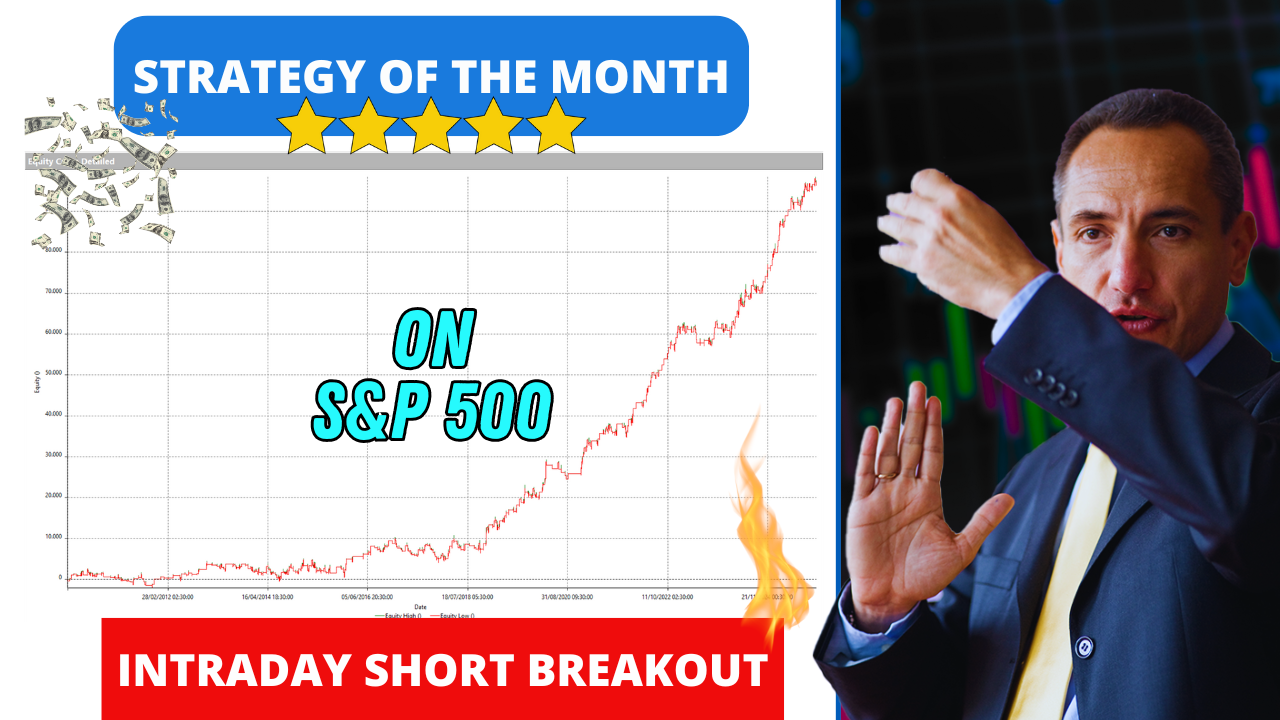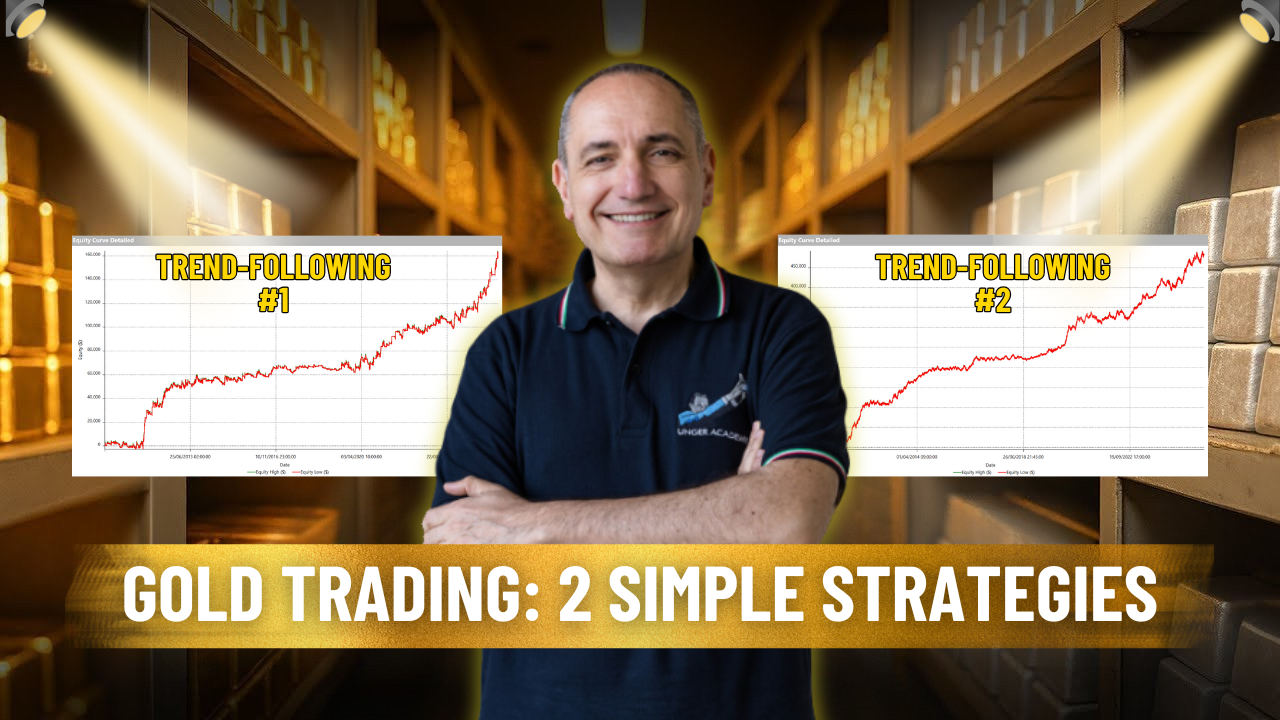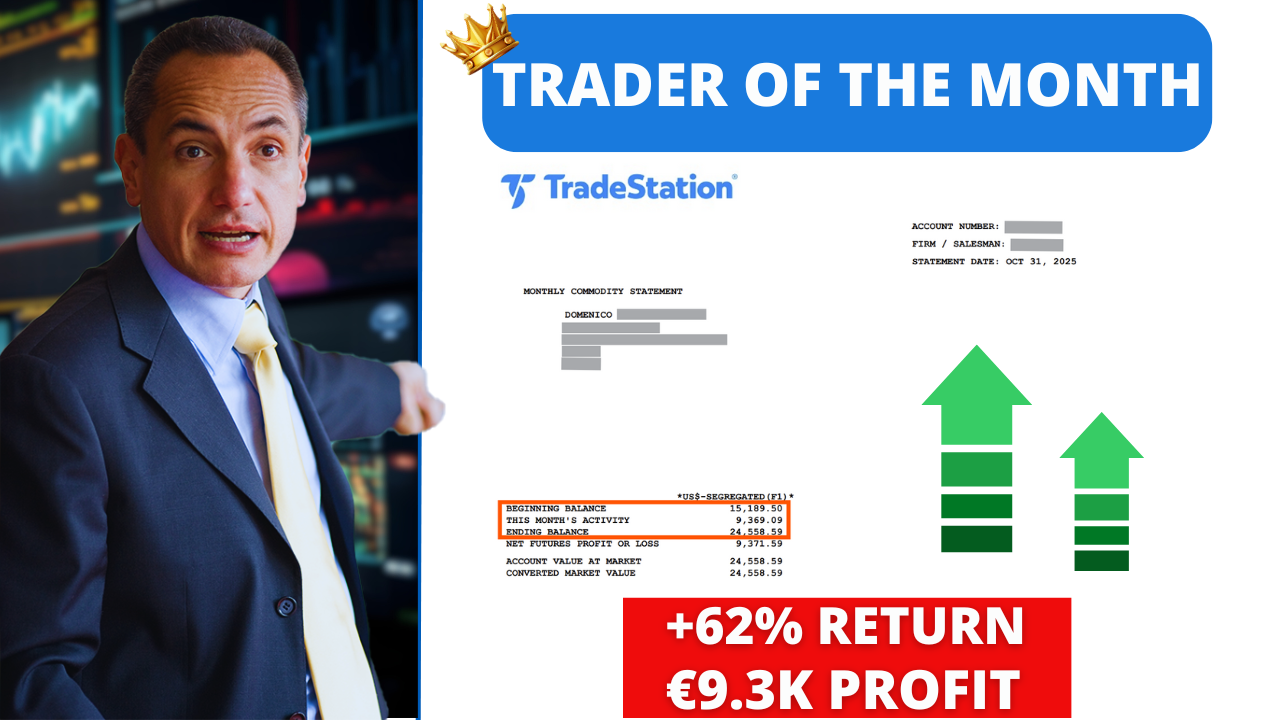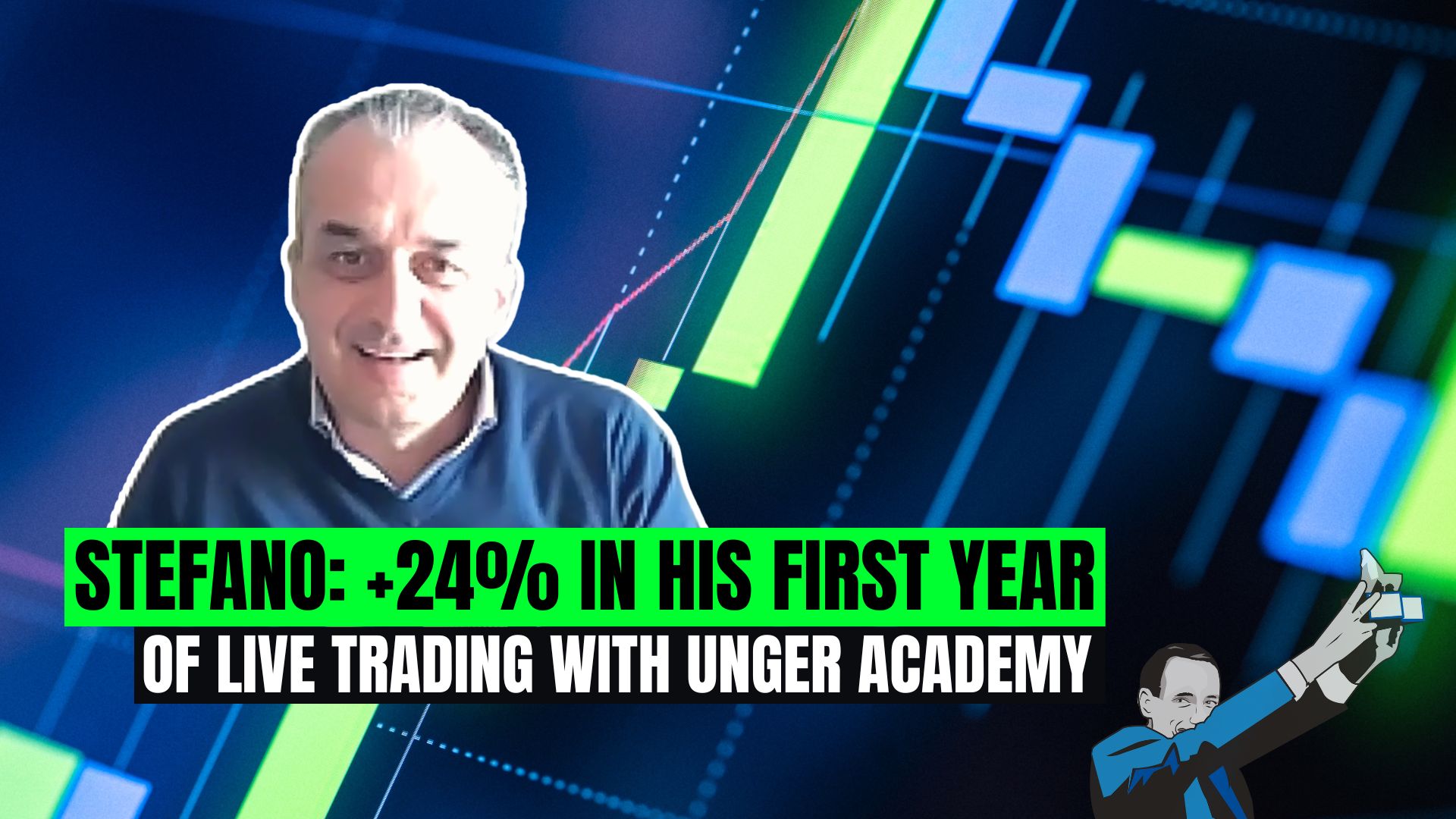Need More Help? Book Your FREE Strategy Session With Our Team Today!
We’ll help you map out a plan to fix the problems in your trading and get you to the next level. Answer a few questions on our application and then choose a time that works for you.
In this article, we return to discussing two interesting strategies that have recently been added to our portfolio. Both operate on one of the most talked-about markets in recent years, belonging to a burgeoning sector that has been on everyone’s lips—especially these past few months. We’re talking about Bitcoin, the leading cryptocurrency, for which the CME (the world’s largest regulated exchange) introduced a futures contract in 2017 based on the BTCUSD spot price.
We’ll go over the general rules of these systems—particularly their entry logic—and review their current performance. The aim is to provide inspiration and guidance for anyone looking to develop new trading systems on this underlying asset. Both strategies employ breakout logic, which makes sense given the “explosive” nature of Bitcoin.
In this update, it will be especially interesting to see how these systems have performed in the recent period, given the broad sell-off in the cryptocurrency market over the past few weeks.
Strategy #1: Intraday Bias on Nasdaq Futures (@NQ)
The first strategy uses a 5-minute timeframe as data1 and a 1440-minute timeframe as data2, and applies the standard 23-hour session, identical to that of equity futures (from 5:00 p.m. to 4:00 p.m. Chicago time).
Its “engine” is based on a well-known volatility indicator, the Average True Range (ATR), set to a certain number of periods. Essentially, the system enters (long or short) whenever significant levels—calculated using ATR—are broken. The trade then remains open until the end of the session unless the stop loss or profit target is hit first.
To identify the best entry setups, the strategy uses operational filters also based on volatility. The key idea is to look for market conditions characterized by price compression and a lack of trend, anticipating that at some point the market will “explode” and break through these levels.
Figure 1 – Example of a volatility breakout intraday trade on Bitcoin.
Below, you can see the system’s equity curve from 2020 to the present. Naturally, this period is shorter than what we have for other markets because this instrument was introduced more recently.
Figure 2 – Equity curve of the intraday volatility breakout strategy on Bitcoin.
As you can see, the equity curve has been very steady throughout the recorded years, in both strongly bullish periods and in sharply bearish ones, such as 2022.
It’s also noteworthy that this futures contract has a micro version (@MBT), which is great news because the standard contract (@BTC) is quite large, equivalent to five Bitcoins. The micro contract, better suited to retail traders’ portfolios, is equivalent to one-tenth of a Bitcoin, and in recent times it has become extremely liquid.
Below are the main metrics of the strategy. In addition to a high Net Profit (over $500,000 from 2018 to the present), there is an excellent average trade (around $1,100). Notably, the short side has performed well, contrary to what one might expect from an instrument that is known for long-term growth. This was evident in the early months of this year, when Bitcoin did not rise that much and in fact saw a sharp price drop more recently. The system partly captured that downturn, as shown by its net profit of just over $19,000 for 2025.
Figure 3 – Performance metrics of the intraday volatility breakout strategy on Bitcoin.
Figure 4 – Annual profit distribution of the intraday volatility breakout strategy on Bitcoin.
Strategy #2: Intraday Breakout of Highs and Lows on Bitcoin
Next, let’s look at a second strategy, which also uses a 5-minute timeframe as data1 and a 1440-minute timeframe as data2. Like the previous system, it follows an intraday breakout logic. However, instead of basing entry levels on volatility, it uses the classic approach of breaking the previous session’s high or low.
Figure 5 – Example of a trade made by the highs-and-lows intraday breakout strategy on Bitcoin.
As with the first strategy, various operational filters—some from our own libraries—were added to improve the average trade. Let’s review its results, starting with the equity curve.
This curve, like the other, shows steady and consistent growth. We also note that the system places fewer trades compared to the first strategy, yet it achieves a similar Net Profit with an even higher average trade (about $1,200), which is especially strong on the short side (around $1,500). Overall, this is more than sufficient to cover all live-trading costs, including slippage and commissions.
Despite the extreme volatility of the underlying asset, this trading system manages risk very effectively, taking profits whenever market conditions allow.
Figure 6 – Equity curve of the highs-and-lows intraday breakout strategy on Bitcoin.
Figure 7 – Performance metrics of the highs-and-lows intraday breakout strategy on Bitcoin.
Conclusions on the Two Bitcoin Futures Breakout Strategies
We hope this article has helped you discover new edges you can incorporate into your trading systems for a market with such high growth potential as Bitcoin. The two breakout strategies we examined demonstrated steady equity growth and solid performance even during market downturns. By using volatility-based filters and key levels such as the previous session’s highs and lows, you can take advantage of this financial instrument’s dynamic characteristics.
Another important aspect is risk management and diversification. The availability of the micro contract makes these strategies more accessible for retail traders, providing a more sustainable way to trade Bitcoin without taking on excessive risk.
If your goal is to develop robust, thoroughly tested, and long-term efficient trading strategies, we encourage you to explore our methodology and book a free call with one of our experts!
Until next time, and happy trading!
Transcription
Need More Help? Book Your FREE Strategy Session With Our Team Today!
We’ll help you map out a plan to fix the problems in your trading and get you to the next level. Answer a few questions on our application and then choose a time that works for you.

-1741764463.png)
-1741764463.png)
-1741764465.png)
-1741764464.png)
-1741764465.png)
.png)
.png)






